13 things that only exist in the Southwest
Frank Olito

- The Southwest - including Arizona, New Mexico, and Nevada - has a unique culture.
- The food is a blend of Mexican and Native American cuisines, so frybread and red and green chile sauce are popular.
- People in the Southwest also use the word "haboob."
Southwesterners swear by Hatch green chile sauce.
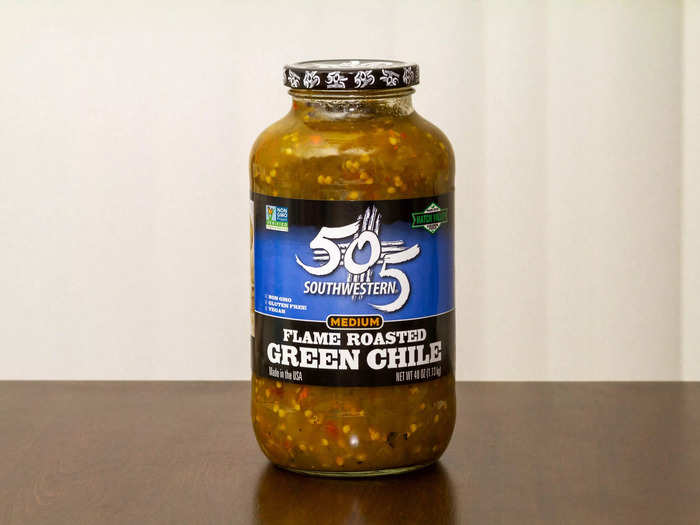
Chiles are a staple in Southwest cuisine, and Hatch Valley chiles are among the most popular. They come from the Hatch Valley in New Mexico, and people turn them into green sauce. The sauce is popular in both New Mexico and Arizona.
There's also red chile sauce, and when ordering New Mexican food, you'll be asked if you want green chile, red chile, or Christmas, which is both green and red.
In the Southwest, some people turn cactus into fries.
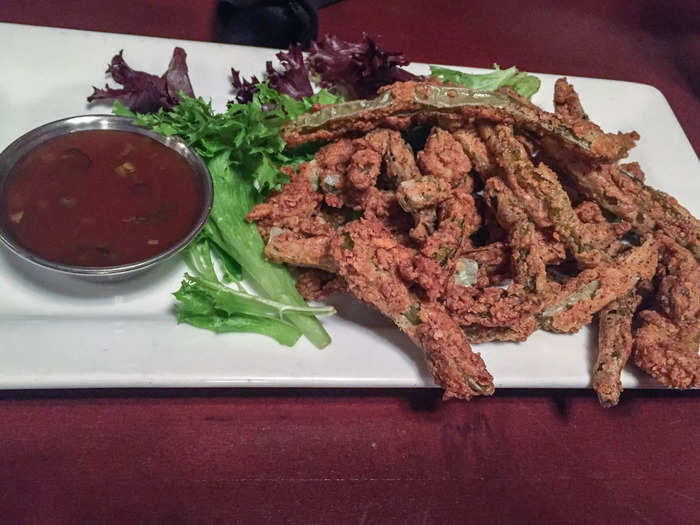
To make fries from cactus, or nopales, you first have to cut off the thorns, slice the plant into strips, and dip them in breadcrumbs. Cactus fries taste like sour string beans, according to She Knows.
One of the most popular Native American dishes in the Southwest is frybread.
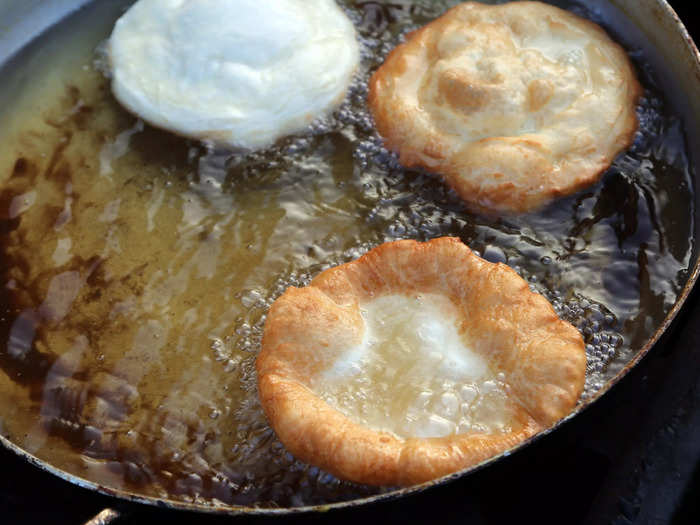
Southwestern cuisine draws from Native American culture, and frybread is one of the most notable foods. It's a simple, circular piece of dough that is fried in oil. Frybread can be used as a side or as an entree when topped with meats. It can also be turned into a dessert, known as sopaipillas, when it's topped with a jam or sugar.
BoSa is a popular doughnut chain with several locations throughout Arizona.

BoSa is known for its doughnuts, but the regional chain also serves sandwiches, breakfast foods, and other baked goods. It has 20 locations across Arizona.
Eegee's in Tucson, Arizona, is another favorite fast-food chain in the Southwest.
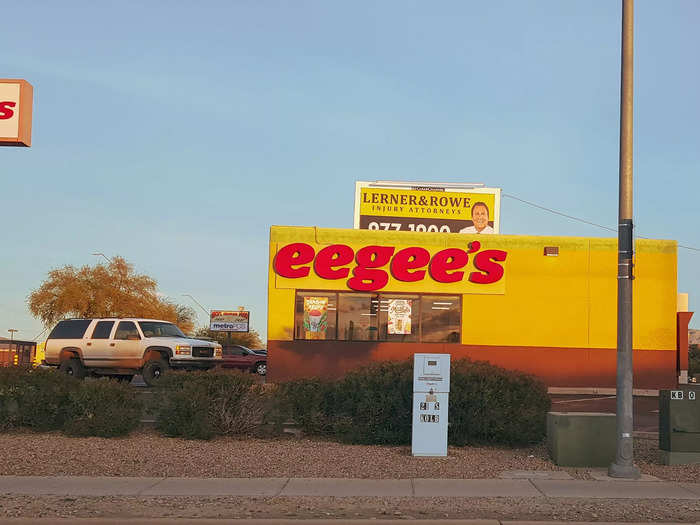
Eegee's is known for its frozen drinks, which come in a variety of flavors. The fast-food chain — which has locations in Tucson, Phoenix, and Casa Grande — also serves sandwiches, salads, and fries.
A popular type of architecture in the Southwest is the Pueblo Revival style.
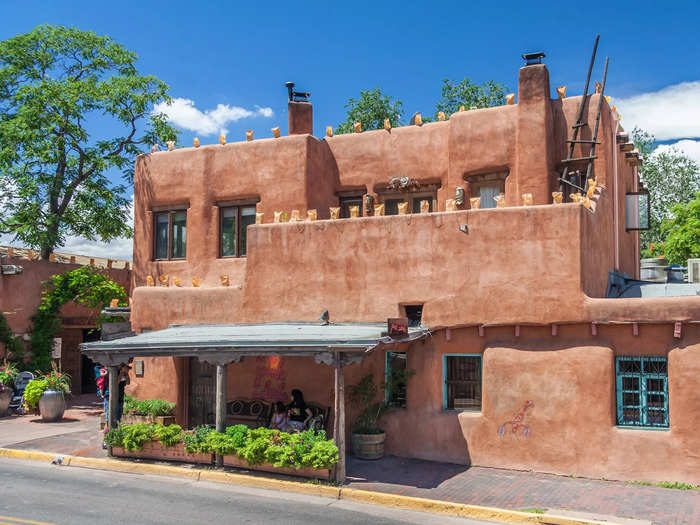
The architecture of a lot of homes in the Southwest is known as Pueblo Revival because the structures resemble the homes Pueblo natives built before European settlers came to the region.
They are usually made of sun-dried mud and have thick walls, rounded exteriors, square windows, and heavy wood accents. These houses are built to keep temperatures low inside and to blend in with the landscape.
The Southwest is also home to the warmest community in the US, where temperatures reach 120 degrees.
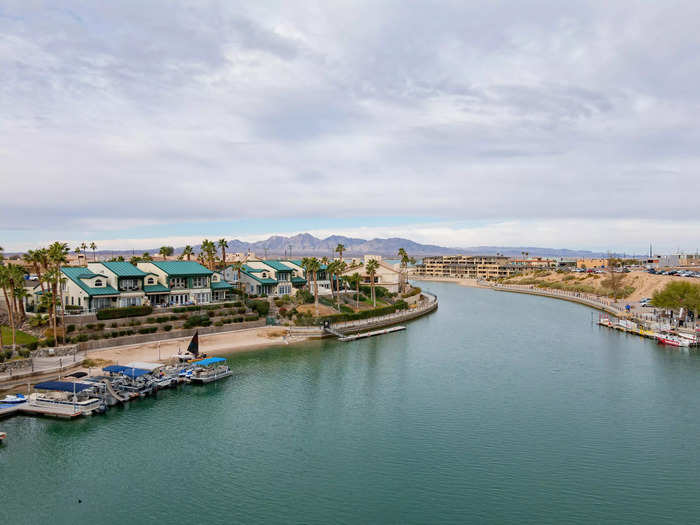
Lake Havasu City is a community in Arizona with 50,000 residents. Each summer the temperatures in the area regularly reach well above 100 degrees, and it was the location of the highest temperature ever officially recorded in Arizona: 128 degrees in June 1994.
But Southwesterners stay in Lake Havasu City for the lakefront and hiking trails.
It gets so hot in the region that drivers come up with some inventive ways to beat the heat.
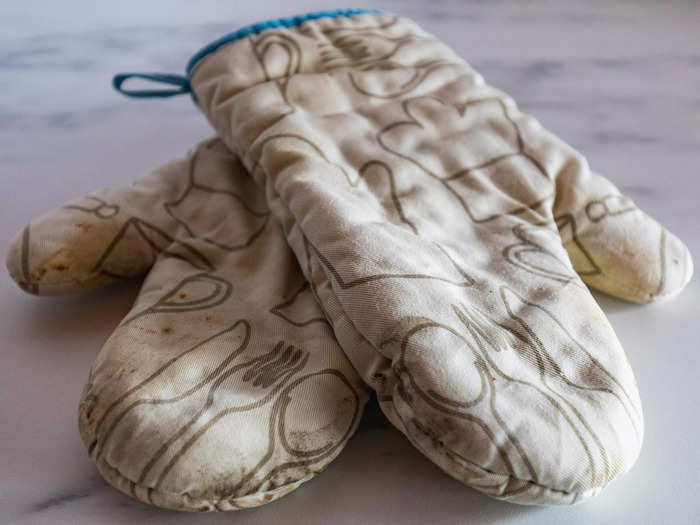
It gets so hot in the Southwest that doing everyday tasks can become extremely difficult, like driving. Amid a triple-digit heatwave in 2017, drivers were reportedly seen wearing oven mitts to avoid burning their hands on their steering wheels.
Drivers in the state also swear by tinted windshields.
When it comes to typical Southwestern phrases, you'll hear people refer to the Big Ditch.
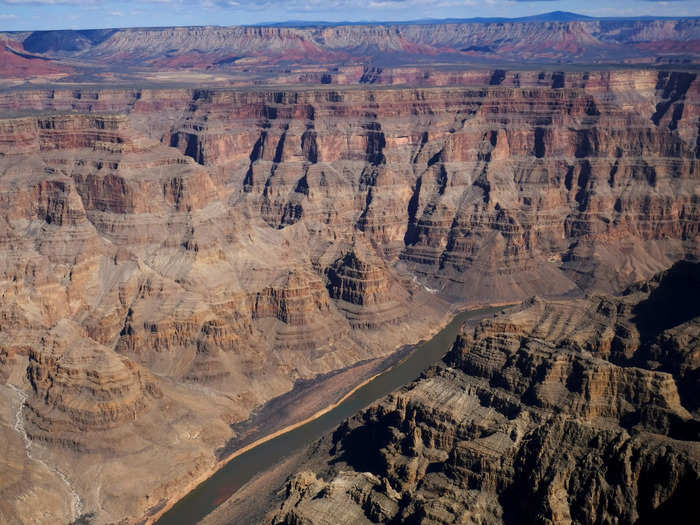
Many people in the Southwest refer to the Grand Canyon as the Big Ditch.
"Haboob" is another term used in the area.
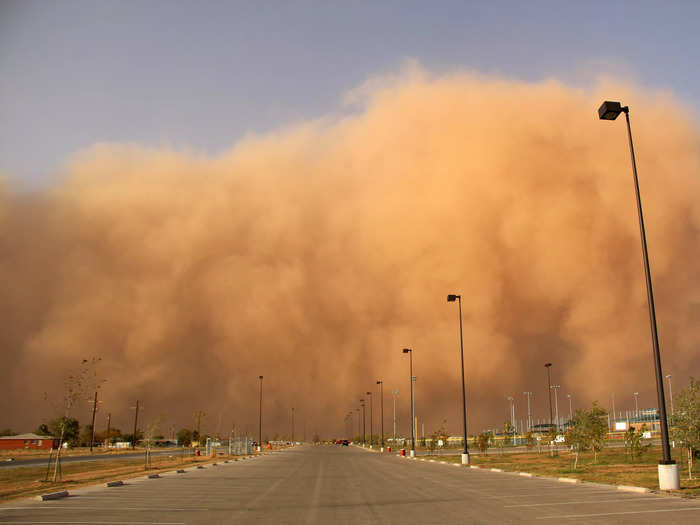
Traditionally, a haboob is a dust storm in the deserts of Sudan, but American scientists decided to call the dust storms they witnessed in Arizona a haboob back in 1971. The name stuck, and people in the Southwest continue to use the term today.
You'll only hear the word "stravenue" in Tucson, Arizona.
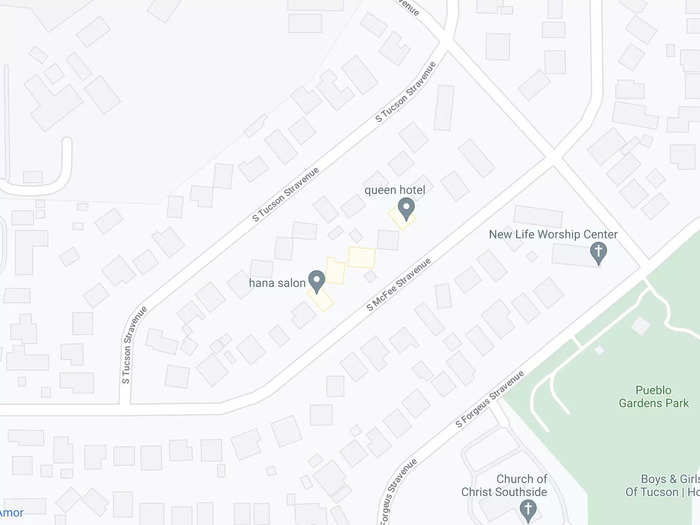
In Tucson, there are 40 stravenues, which is the combination of the words "street" and "avenue." The city decided to give this name to any street that runs diagonally between two east to west streets and two north to south avenues.
The Southwest is home to unique experiences, including Meow Wolf, an interactive art exhibit.
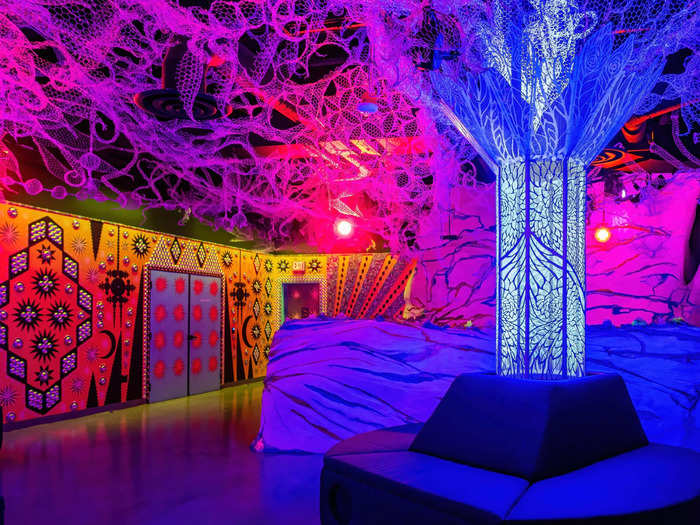
Meow Wolf is located in Santa Fe, Las Vegas, and Denver, and is a popular destination for locals and tourists. The exhibit uses augmented reality, music, and videos so guests can interact and immerse themselves in the art.
The Burning of Zozobra is a regional holiday.
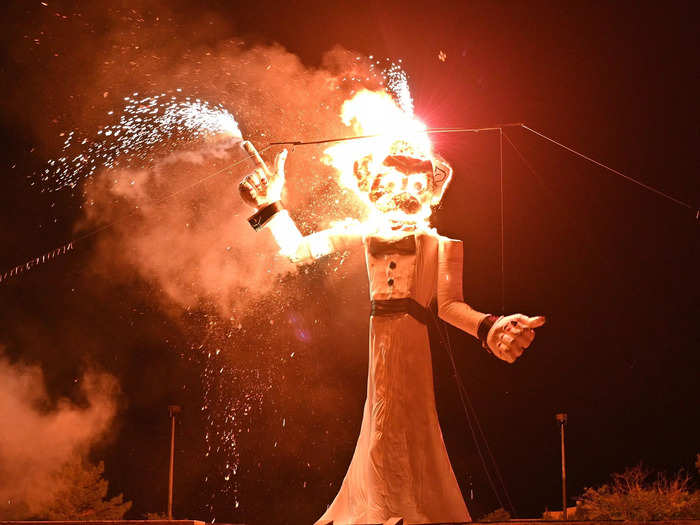
Every Labor Day Weekend, the city of Santa Fe builds a 50-foot figure known as Zozobra out of cloth, wire, and wood. Zozobra dates back to the 1920s when an artist built the monster in his backyard. Today, people still flock to Fort Marcy Park to stuff the massive Zozobra with printed letters with their worries and fears written on them.
The figure is then burned and people get to watch their suffering burn up as well.
READ MORE ARTICLES ON
Popular Right Now
Popular Keywords
Advertisement